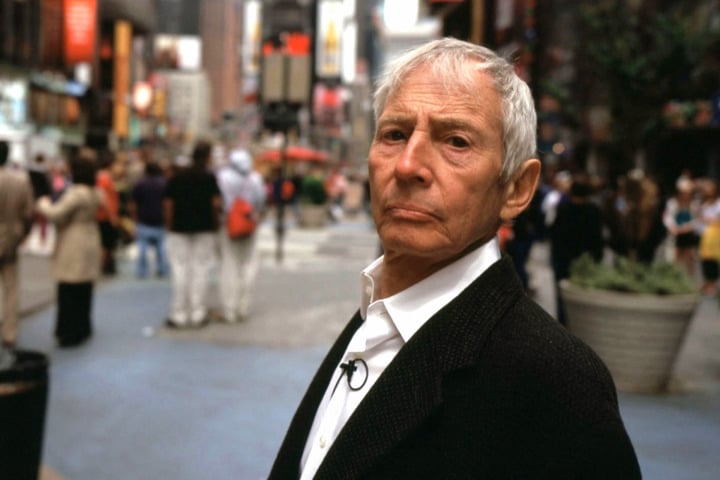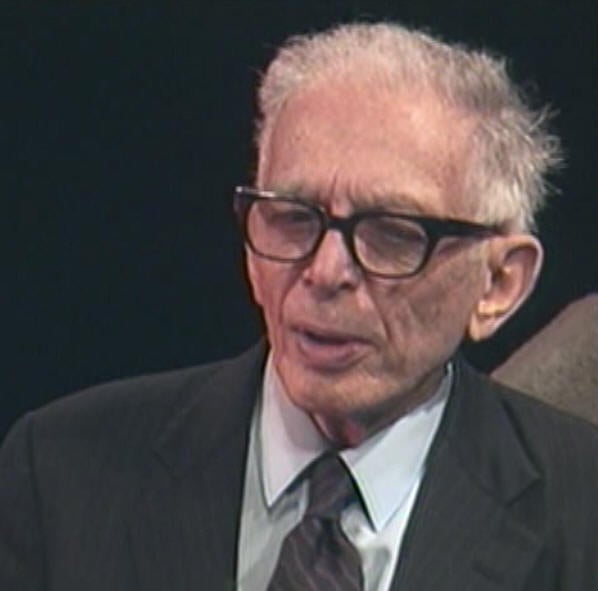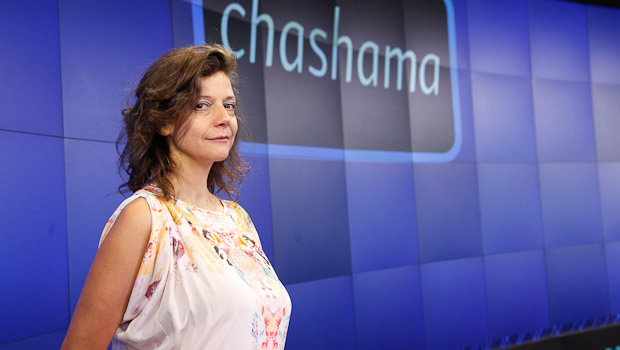Law & Politics
HBO True-Crime Expose of Robert Durst Reveals Family’s Art World Connections
The family of Robert Durst generously supports the arts.

The family of Robert Durst generously supports the arts.

Cait Munro

In the days following the finale of HBO’s true-crime expose “The Jinx: The Life and Deaths of Robert Durst,” one can barely turn around (much less turn on a computer) without encountering Robert Durst’s name.
The six-part series captivated audiences with the story of two murders and a disappearance of persons close to the 71-year-old Robert Durst, the scion of a prominent New York real estate family.
The day before the finale aired, Robert Durst was arrested on a charge of murdering his friend Susan Berman who died in 2000. His first wife, Kathleen McCormack Durst, vanished in 1982 after she spent the weekend at the country home they shared. Though he has never been charged with her murder, authorities in Westchester are still investigating him in connection to the case. In 2001, Durst confessed to cutting up the body of his neighbor Morris Black, though he was surprisingly acquitted of Black’s murder on a claim that he killed him in self-defense.
Like many wealthy New York families, the Dursts have connections to the art world, albeit none that directly involve Robert, who has been alienated from the family for years. Durst’s younger brother, Douglas, 70, who was selected over Robert by their father Seymour Durst to take over the Durst Organization 20 years ago, and has feared his brother for years took out a restraining order against his brother in 2012 (see Prominent Swiss Art Dealer Confesses to Homicide). In a rare interview with the New York Times, Douglas Durst admitted, “There’s no doubt in my mind that if [Robert] had the opportunity to kill me, he would.”

Seymour Durst.
Douglas sits on the board of directors for several non-profit organizations, notably the Roundabout Theatre Company and the New School. The family is also a longtime supporter of the International Center of Photography, which for years was housed virtually rent-free at the Durst-owned building at 43rd Street and Avenue of the Americas until this past January when its lease was up (see International Center of Photography Set to Close Its Midtown Museum). The family was the recipient of the 2011 ICP Trustees Award, having made the single largest donation to the museum and collections.
Douglas’s interest in photography is not surprising given that his father Seymour had amassed a collection of some 3,000 photographs, with their dominant theme being New York City. When Seymour died in 1995, he also owned over 10,000 books, and 20,000 postcards. The collection of New York ephemera was eventually donated to the City University of New York and Columbia University’s Avery Architectural & Fine Arts Library.

Anita Durst Kariolic
Douglas’s daughter, Anita Durst Kariolic, is also involved in the arts, having founded the non-profit curatorial organization chashama in 1995. For two decades, chashama has transformed unused spaces throughout the city (many in temporarily vacant Durst-owned properties) into pop-up exhibition spaces. After initially focusing on producing avant-garde theater performances in the spaces, chashama has expanded to provide studio, performance, and exhibition spaces to artists working in a variety of media.
Kariolic began her career as an actress, a trade she still occasionally pursues. She recently played a secretary in a stage production of Rainer Werner Fassbinder’s 1973 film The Bitter Tears of Petra von Kant. She founded chashama in the wake of the death of her mentor and collaborator Reza Abdoh, an Iranian director and playwright known for his large-scale, experimental productions.
She is also, unsurprisingly, something of a fixture on the New York art scene. The annual benefit gala for chashama, known for its spectacular live performances, has drawn insiders like Tom Finkelpearl, Jorge Daniel Veneciano, and socialite Arden Wohl.
It’s unclear whether or not the family maintains an art collection, but given their many real estate holdings, we can only imagine they have quite a lot of wall space to fill.